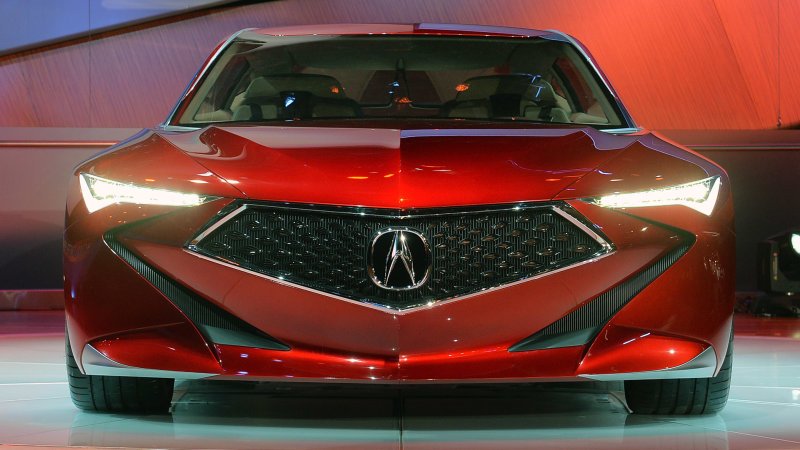Typically, bigger mirrors placed prominently means better vision for the driver. At the same time, though, they're a bit of a pain. Though they improve vision to your sides and rear, they trade off a bit of visual real estate in the process. They're susceptible to damage from passing vehicles, garage doors, and drive-through car washes. Even worse, they're a drag — literally — taking a toll on fuel economy. We've seen a number of concept cars that quietly leave out mirrors for a better overall visual aesthetic. Other automakers incorporate video cameras as a safer, better looking, and more efficient solution to the problems mirrors pose. There's just one problem: pesky laws.
The first domino toward a mirrorless future has fallen, though, as Japan has approved the use of cameras in their place, citing, in part, improved resolution and the advancement of video technology. The move follows an approval in 2015 by the UN's World Forum for Harmonization of Vehicle Regulations for video replacements meeting certain specifications.
Suppliers are looking to capitalize on the new rules. A company called Ichikoh is developing systems it plans to sell to automakers. "It's a really new segment with higher content, and that means higher revenue opportunities," says Ichikoh CEO Ali Ordoobadi. "This is the trend, and we have to be in front of the others." Bosch has already developed video display systems built into the A-pillars of commercial trucks. The 2016 Cadillac CT6 features a rear-view mirror that can switch to a video display, a system supplied by Gentex Corporation.
Video displays offer many safety benefits. They can be placed almost anywhere on the car, providing a clearer view of blind spots. They can accommodate for glare, low light, and other distortions. Video systems are typically lighter and certainly more aerodynamic than external mirrors, aiding efficiency. Going mirrorless would help automakers achieve tougher emissions standards and fuel economy targets.
It's expected that more governments will begin to approve replacing mirrors with live video feed in the near future. Japan beat Europe to the punch, which could give its automakers an advantage, but the EU is expected to follow suit this year, followed by the US in 2018. China, too, will likely revise its laws in the coming years.
The trick, then, will be educating drivers about the proper use of their new cameras.



